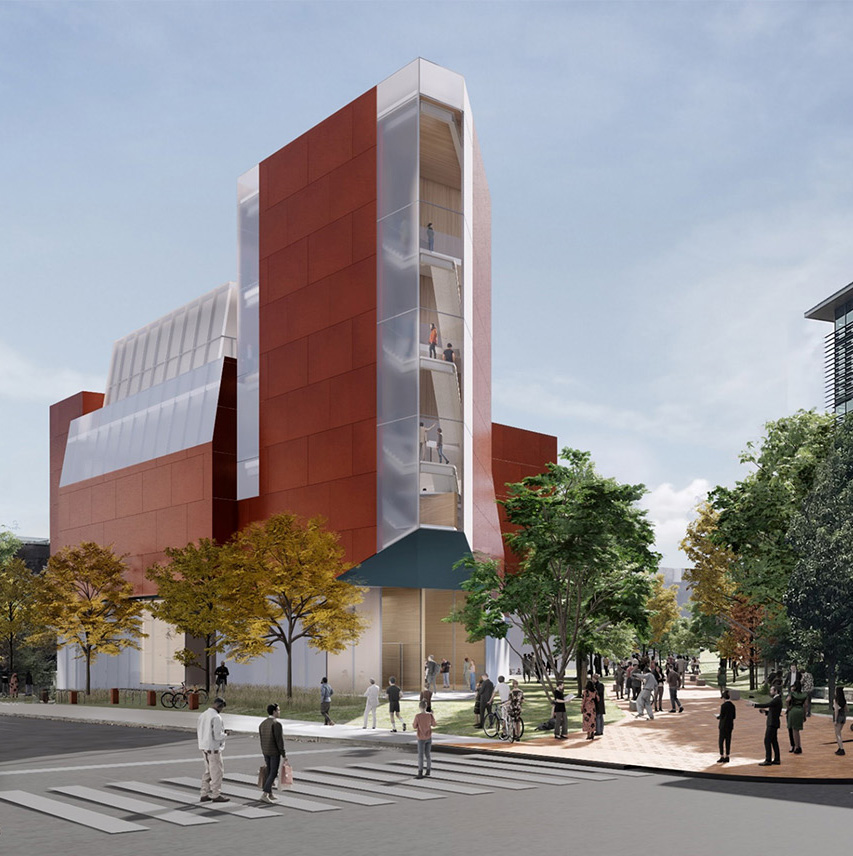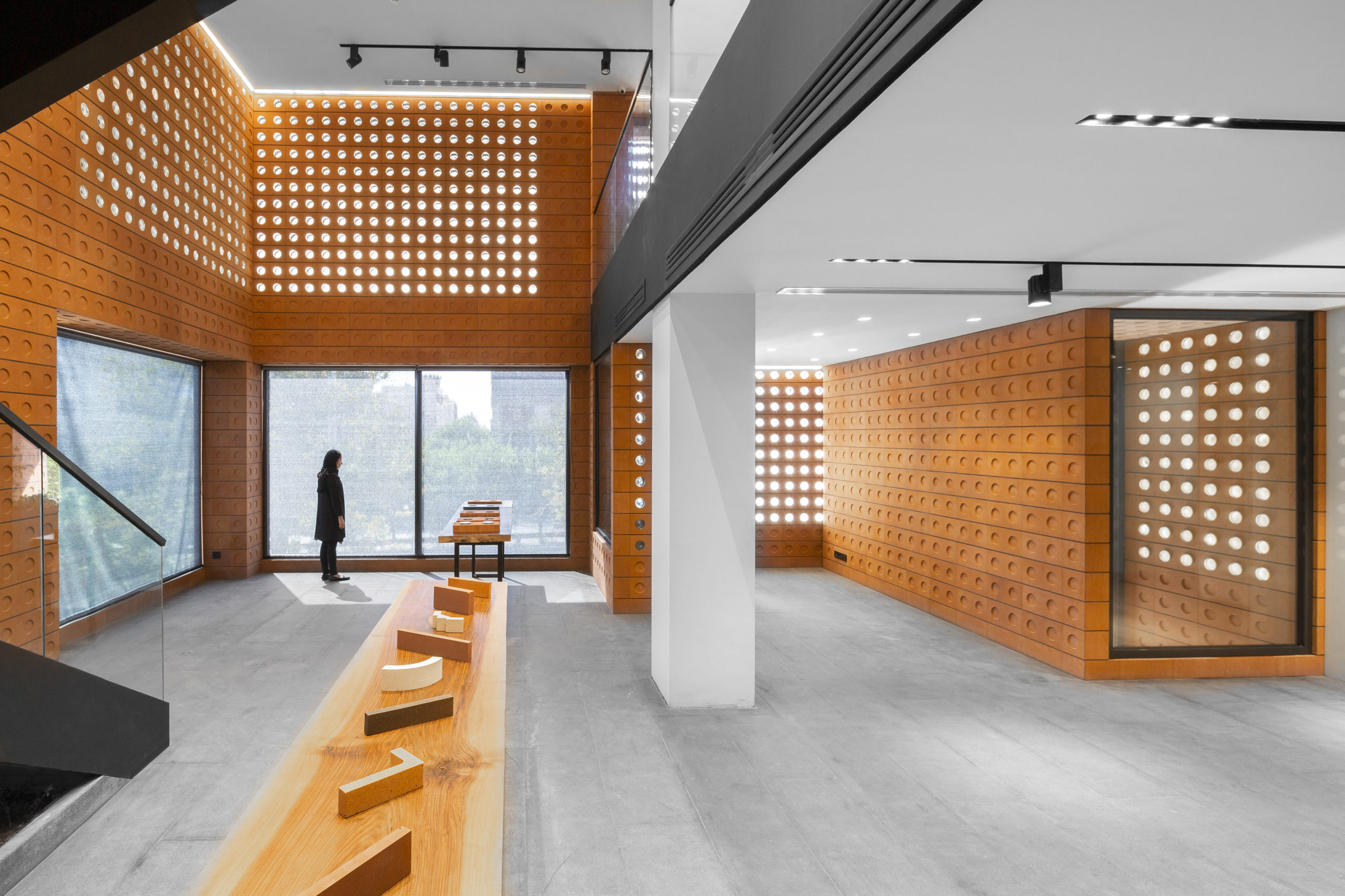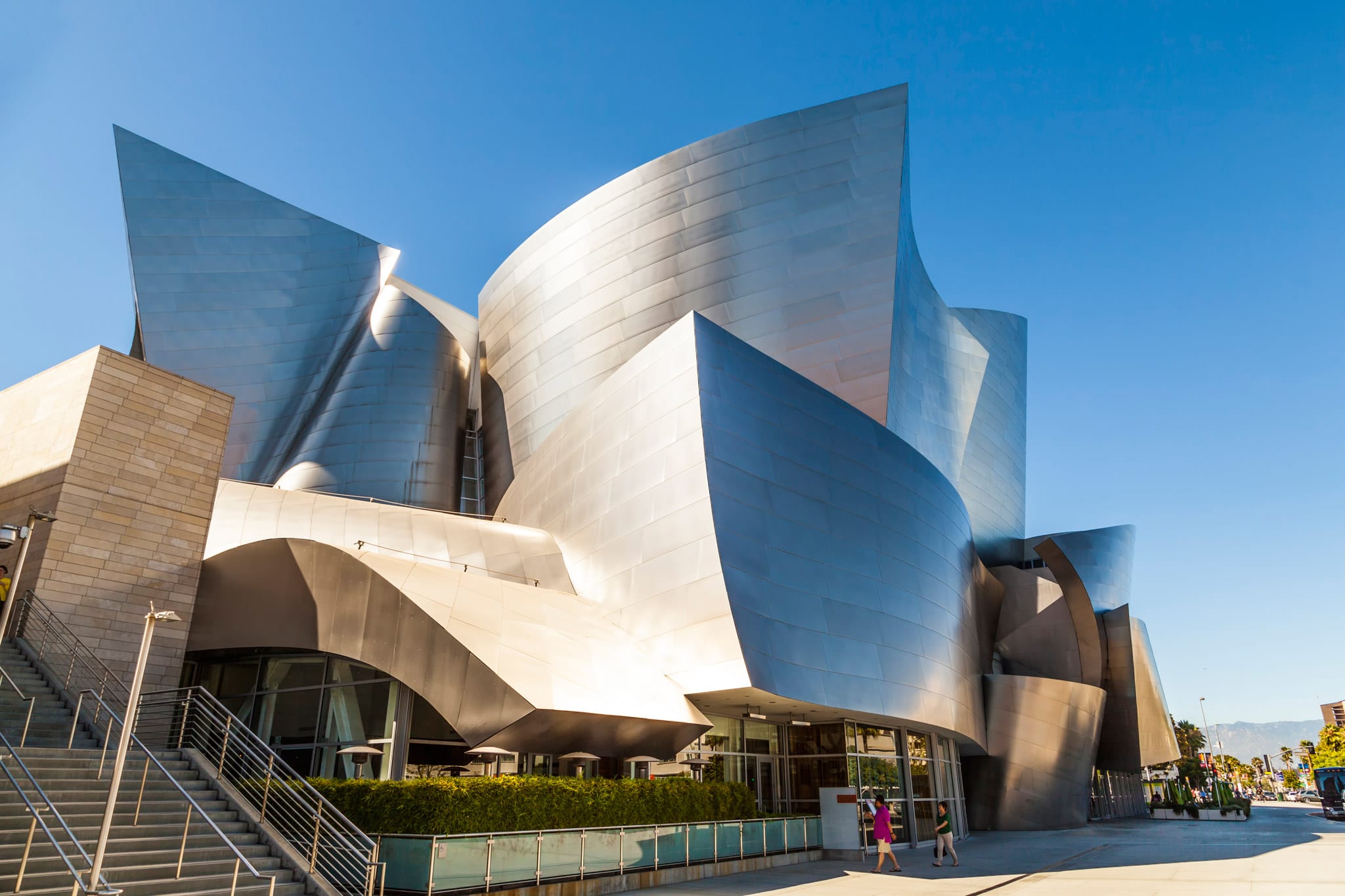The Effect of Technical Improvements on the Design Practices of Contemporary Architects
The rapid development of technical devices has actually dramatically reshaped the style landscape for modern architects, promoting extraordinary degrees of innovation and sustainability. Exploring these dynamics reveals a nuanced interplay in between technology and standard design techniques, prompting a better assessment of what the future holds for building methods.
Development of Architectural Equipment
How have building devices changed the layout and construction procedures over the centuries? The advancement of building devices has actually substantially affected the effectiveness, precision, and creative thinking of layout and construction. In ancient times, architects depend on simple instruments such as plumb bobs, measuring poles, and standard geometry to develop frameworks. These devices laid the structure for very early building method, enabling the building and construction of famous structures, albeit with constraints in accuracy and complexity.
With the development of the Renaissance, the intro of the compass and the protractor noted a pivotal shift. These tools enabled engineers to attain better precision in their styles, promoting the introduction of more detailed and proportional structures. The Industrial Revolution further changed building exercise with the introduction of mechanical tools and products, permitting bigger and more enthusiastic jobs.
In the 20th century, the development of computer-aided layout (CAD) software application transformed the landscape as soon as again, offering architects with extraordinary abilities in modeling and visualization. Today, progressed devices such as Building Details Modeling (BIM) and parametric design software application proceed to push the limits of architectural technology, allowing an extra incorporated method to design and building procedures.
Enhanced Collaboration in Design
As innovation continues to develop, improved partnership in style has ended up being a foundation of contemporary building method. The combination of digital tools such as Structure Details Modeling (BIM), cloud-based systems, and progressed visualization software application has actually transformed the method designers, engineers, and stakeholders communicate throughout the style process. These tools facilitate real-time communication, permitting teams to share ideas, modifications, and feedback quickly, despite geographical location.

Furthermore, interdisciplinary collaboration has actually been streamlined through these technological innovations, making it possible for engineers to work extra closely with various other professionals, such as metropolitan planners and environmental consultants. The result is an extra cohesive method to make that considers different viewpoints and competence. Inevitably, enhanced partnership in style is not just a trend; it is important for producing cutting-edge, useful, and aesthetically pleasing architecture in a progressively complicated globe.

Sustainability With Technology
Sustainability in architecture has actually progressively become linked with technical development, driving the industry towards ecologically liable techniques. Contemporary architects are leveraging advanced technologies to minimize environmental impact while enhancing the performance of buildings. cda architects. One popular example is making use of Building Info he said Modeling (BIM), which enables accurate preparation and resource allocation, lowering waste during building and promoting power effectiveness throughout a building's lifecycle
Additionally, smart products and energy-efficient systems are being incorporated right into styles to enhance resource use. Technologies such as solar batteries and green roof systems harness renewable energy resources, contributing to lowered carbon footprints. Additionally, the application of expert system in design procedures makes it possible for designers to mimic and analyze power usage, directing choices towards more sustainable outcomes.
The assimilation of lasting technologies not just lines up with global ecological goals but additionally satisfies a boosting need from consumers for environment-friendly services. As architects welcome these advancements, the focus moves towards developing spaces that are not just aesthetically pleasing yet additionally functionally lasting, thereby redefining the requirements of contemporary architecture. This way, technology offers as a catalyst for read this sustainability, making it possible for architects to make buildings that regard and boost the native environment.
Obstacles in Execution
While technical innovations in style hold great promise for enhancing sustainability, their implementation frequently experiences considerable difficulties. One primary obstacle is the steep learning contour connected with brand-new technologies. Architects and construction professionals may require substantial training to properly make use of innovative software program and tools, which can delay job timelines and raise costs.
Additionally, the combination of arising modern technologies, such as Structure Details Modeling (BIM) and sustainable materials, typically requires partnership across multidisciplinary groups. This partnership can be impeded by distinctions in experience, workflows, and communication styles, leading to potential conflicts and inefficiencies.

In addition, regulatory frameworks and building ordinance might not equal technical advancements, producing uncertainty and prospective conformity problems. This difficulty can inhibit engineers from fully embracing new technologies, as the risk of non-compliance may exceed the benefits. As a result, attending to these execution obstacles is critical for the effective assimilation of technical improvements in modern architectural practices.
Future Patterns in Style
The obstacles connected with the execution of new technologies in design have triggered a reevaluation of future patterns within the sector - cda architects. As architects navigate concerns such as sustainability, urbanization, and social equity, they are progressively embracing ingenious technologies to boost style performance and ecological performance
One popular trend is the combination of expert system (AI) in the style process. AI devices can examine large datasets to inform layout decisions, enhancing both creative thinking and functionality. Building Details Modeling (BIM) continues to advance, enabling real-time cooperation among stakeholders and promoting streamlined task administration.
Lasting layout techniques are additionally getting momentum, with designers concentrating on adaptive reuse and regenerative layout principles useful link that minimize source consumption and waste. The consolidation of clever materials and renewable resource sources will certainly further improve the strength of buildings in the face of environment adjustment.
Additionally, the increase of parametric design enables even more customized and context-sensitive architectural remedies (cda architects). By harnessing these improvements, architects are positioned to develop constructed environments that not only attend to the prompt demands of society but additionally anticipate future challenges, thus redefining the function of style in an ever-changing globe
Verdict
Technological innovations have actually dramatically reshaped architectural layout techniques, assisting in enhanced accuracy, partnership, and sustainability. The combination of tools such as Structure Details Modeling and parametric design software, together with synthetic intelligence and clever products, empowers engineers to deal with complex obstacles much more properly.